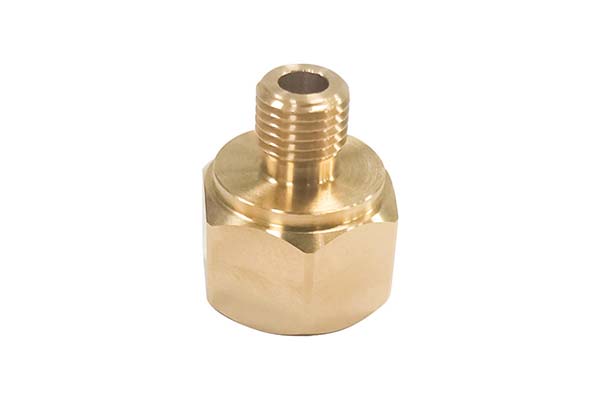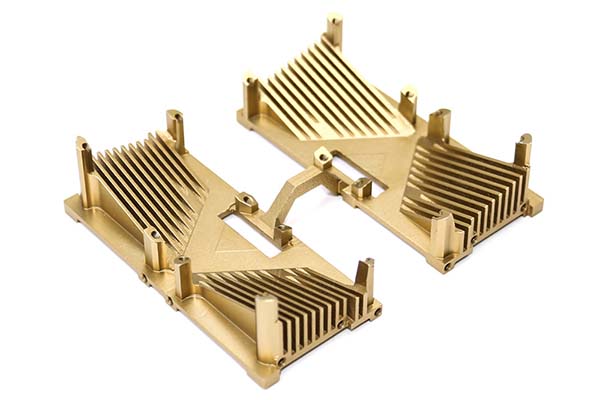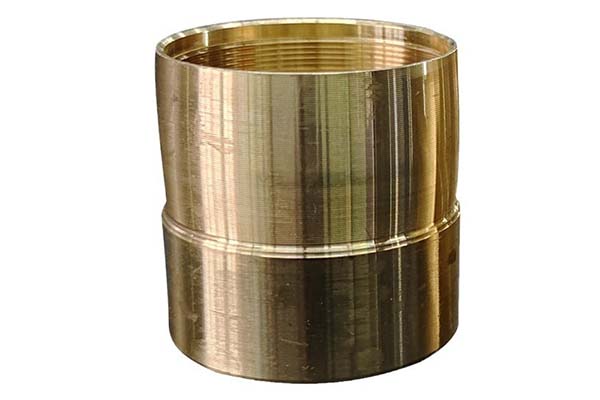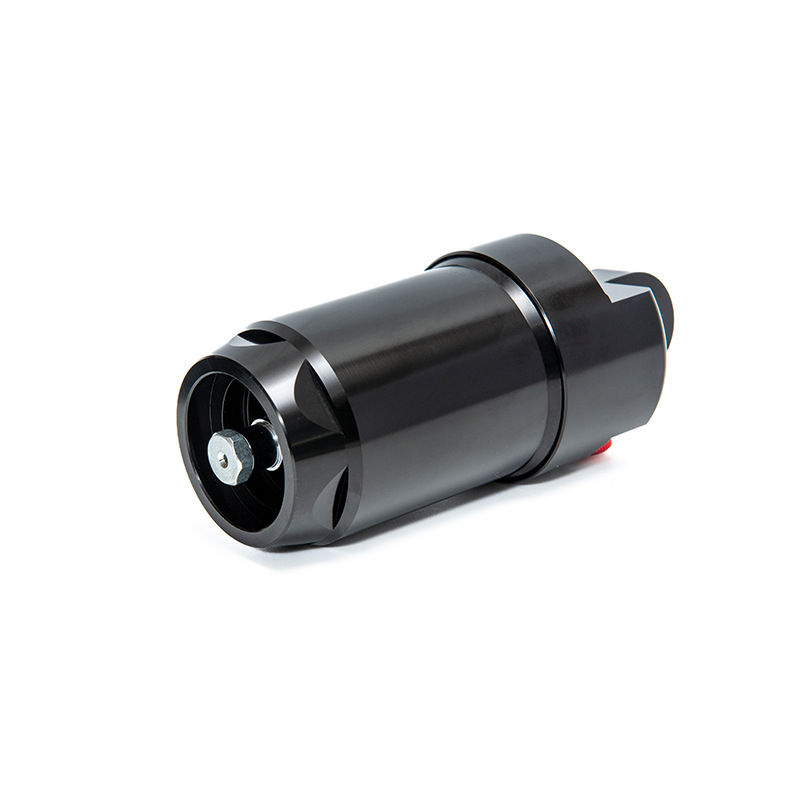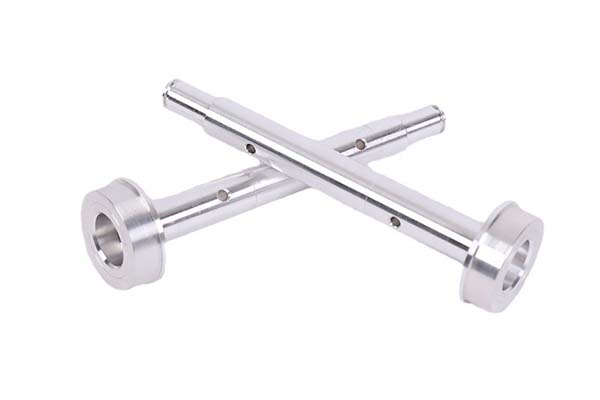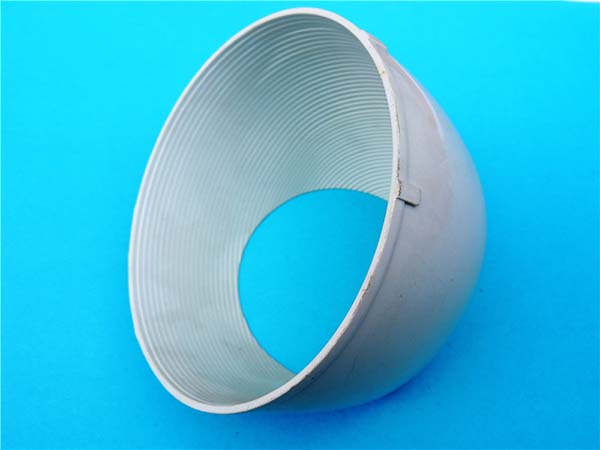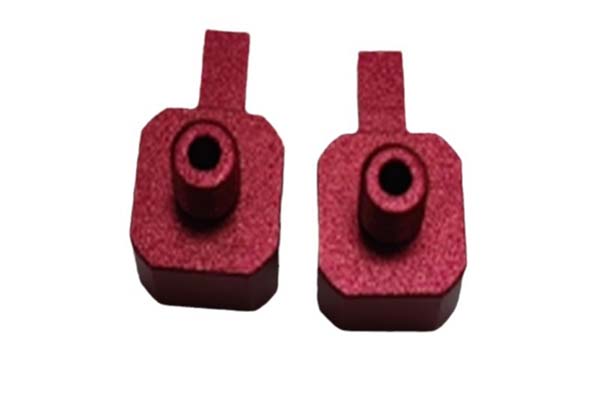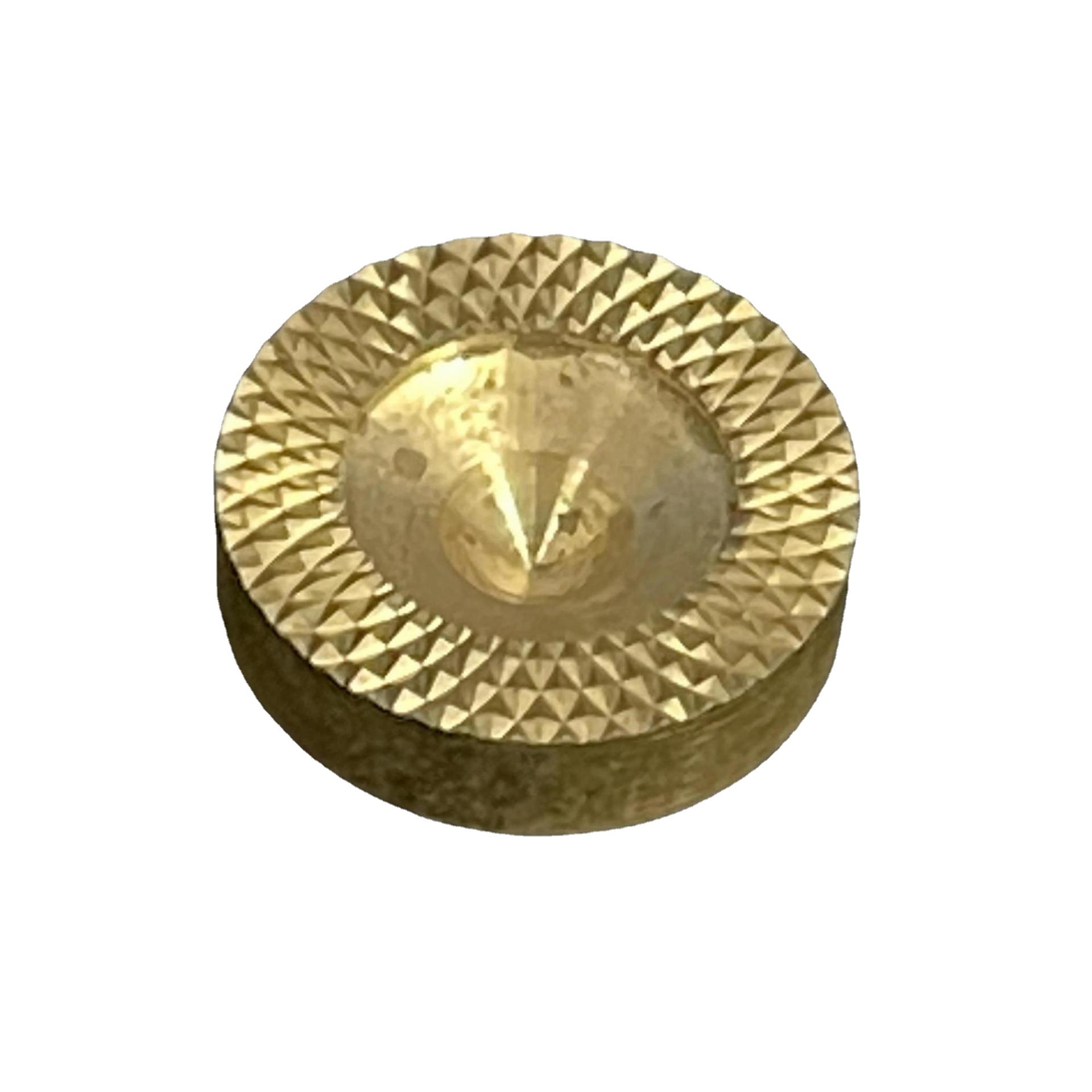When it comes to CNC machining, C36000 free-cutting brass is a popular choice, but it’s not without its challenges. From achieving consistent machining results to handling its unique material properties, manufacturers often face issues like tool wear, chip management problems, and ensuring the right surface finish. This article dives deep into all aspects of CNC machining C36000 brass, providing solutions to these common pain points and offering expert insights to help you master the process.
Alloy Overview & Material Properties
Understanding the composition and properties of C36000 free-cutting brass is the first step toward successful machining.
Composition Breakdown
C36000 free-cutting brass composition is precisely balanced: Cu 61.5%, Zn 35.5%, Pb 3%. This combination gives it exceptional machinability, making it a go-to material for many applications. The lead content is a key factor here, as it acts as a lubricant during machining, reducing friction between the tool and the workpiece.
Key Material Properties
- Machinability rating 100: This is a benchmark, meaning C36000 is often used as the standard against which other materials’ machinability is measured. It cuts easily, producing manageable chips and requiring less power.
- Density 8.47 g/cm³: This relatively high density contributes to the material’s heft and stability, which is beneficial in applications where weight matters.
- Tensile strength 338 MPa: It offers good strength for a range of components, ensuring durability in use.
- Elongation 53%: This high elongation means the material can be shaped without breaking easily, adding to its versatility.
- Thermal conductivity 115 W/m·K: Efficient heat transfer makes it suitable for applications where thermal management is important.
- Corrosion resistance C360: While not as corrosion-resistant as some other brass grades, it still performs adequately in many environments, though protection measures may be needed in harsh conditions.
Lead-Free Alternatives
With growing environmental and health concerns, lead-free alternatives to C36000 are gaining attention. These alternatives typically use elements like silicon or bismuth to achieve similar machinability without lead. However, they may not match the exact properties of C36000, so careful testing is necessary when switching.
CNC Machining Parameters & Techniques
Optimizing machining parameters is crucial for getting the best out of C36000 brass.
Cutting Speed and Feed Rate
- Cutting speed C360 brass: For turning operations, a cutting speed of 200 - 300 m/min is common. In high-speed applications, high-speed turning at 10,000 rpm is achievable, but it requires proper tooling and setup to handle the heat and forces involved.
- Feed rate free-cutting brass: A feed rate of 0.1 - 0.3 mm/rev works well for turning. This balance ensures efficient material removal without excessive tool wear or poor surface finish.
Chip Breakage and Burr Suppression
Chip breakage C360 is generally good due to the lead content, but it can still be optimized. Using the right combination of cutting speed and feed rate helps produce broken chips that are easy to evacuate. Burr suppression is important for quality; this can be achieved by using sharp tools, appropriate feed rates, and post-machining deburring steps.
Dry Machining and Micro-Milling
Minimal coolant dry machining is often feasible with C36000, as the lead provides self-lubrication. This reduces costs and simplifies the process. For intricate work, micro-milling 360 brass is possible with the right tools, allowing for precise small features. Keeping an eye on tool life benchmark is essential to avoid unexpected tool failures.
Tooling & Edge Geometry
The right tools and their geometry directly impact machining results with C36000 brass.
Polished Carbide Inserts
Polished carbide inserts C360 are ideal because their smooth surface reduces chip adhesion, leading to better chip flow and longer tool life. They can withstand the high speeds and temperatures involved in machining this brass.
Cutter Geometry
Zero-rake high-positive geometry is effective for C36000. It reduces cutting forces, minimizes heat generation, and produces clean cuts. Single-flute aluminum/brass endmill is another good option, as it provides excellent chip evacuation, which is crucial in preventing chip buildup and surface damage.
Specialized Tools
- Diamond-coated micro-tools: These are perfect for achieving high precision and superior surface finishes in micro-machining applications.
- Insert sharpness wear curve: Monitoring this curve helps in knowing when to replace inserts, ensuring consistent performance.
- Toolholder balance high RPM and collet runout <5 µm: These factors are vital for high-speed machining, reducing vibration and ensuring accurate cuts.
Surface Finish & Post-Processing
Achieving a high-quality surface finish and proper post-processing are key to the final product’s performance and appearance.
Surface Finish
Mirror finish C360 brass is achievable with precise machining. Ra 0.1 µm turning is possible with the right parameters and tools, giving a flawless, reflective surface that’s ideal for decorative or high-precision applications.
Deburring and Cleaning
Deburring free-cutting brass is necessary to remove sharp edges. This can be done manually or with automated processes. Ultrasonic cleaning effectively removes contaminants, preparing the part for further processing.
Passivation and Polishing
Passivation brass helps enhance corrosion resistance by forming a protective layer. Oxide film removal may be needed before passivation to ensure good adhesion. For the finest finish, polishing compound 1 µm diamond can be used to achieve a smooth, shiny surface.
Coolant, Chips & Environmental Handling
Proper handling of coolants, chips, and environmental considerations is important for efficiency and compliance.
Dry Machining Benefits
Dry machining C360 benefits include reduced coolant costs, no coolant disposal issues, and less mess. It’s a sustainable option when applicable, though monitoring tool temperature is important.
Coolant and Chip Evacuation
Micro-mist coolant can be used when some cooling is needed, providing lubrication without excessive fluid. Vacuum chip evacuation systems efficiently remove chips, keeping the work area clean and preventing chip-related damage.
Environmental and Safety Measures
- Brass swarf recycling value: The chips and scrap from machining C36000 have value, as brass is a recyclable material. Recycling reduces waste and can provide a secondary income stream.
- Lead-free coolant filters and zinc leaching prevention: These help maintain coolant quality and prevent environmental contamination.
- OSHA lead exposure PPE: Due to the lead content, following safety guidelines and using appropriate personal protective equipment is essential to protect workers.
Applications & Industry Case Studies
C36000 free-cutting brass finds use in a wide range of industries.
Plumbing and Electronics
- C36000 plumbing fittings CNC: Its machinability and corrosion resistance make it perfect for producing precise, leak-free plumbing components.
- Electronic connector pins: The material’s conductivity and ease of machining ensure reliable electrical connections.
Automotive and Watches
- Automotive sensor housings: They need to be precise and durable, which C36000 delivers.
- Watch crowns brass: The ability to achieve a high surface finish makes it suitable for these decorative and functional parts.
Musical Instruments and High-Volume Parts
- Musical instrument valves: The material’s properties contribute to the instrument’s sound and functionality.
- High-volume Swiss-type screw machine parts: C36000’s machinability makes it ideal for mass production, ensuring consistent quality and efficiency.
Yigu Technology's Perspective
Yigu Technology excels in CNC machining C36000 free-cutting brass. We leverage our expertise in material properties and machining parameters to deliver precise parts. Our advanced tooling and strict quality control ensure superior surface finishes and adherence to tolerances. From high-volume production to custom components, we handle all aspects, including post-processing, to meet your needs efficiently and reliably.
FAQ
- What makes C36000 brass have such good machinability?
The 3% lead content in C36000 acts as a lubricant during machining, reducing friction between the tool and workpiece. This, combined with its balanced copper-zinc composition, gives it a machinability rating of 100, making it easy to cut with minimal tool wear.
- Can C36000 brass be used in corrosion-prone environments?
C36000 has moderate corrosion resistance. While it works in many indoor or mild environments, for harsh conditions, passivation or protective coatings are recommended. Lead-free alternatives may offer better corrosion resistance but with different machinability.
- Is dry machining always possible with C36000 brass?
Dry machining is often possible due to the lead’s self-lubrication. However, in high-speed or heavy-cutting applications, micro-mist coolant can help extend tool life and improve chip evacuation. The decision depends on specific machining conditions and tooling used.
